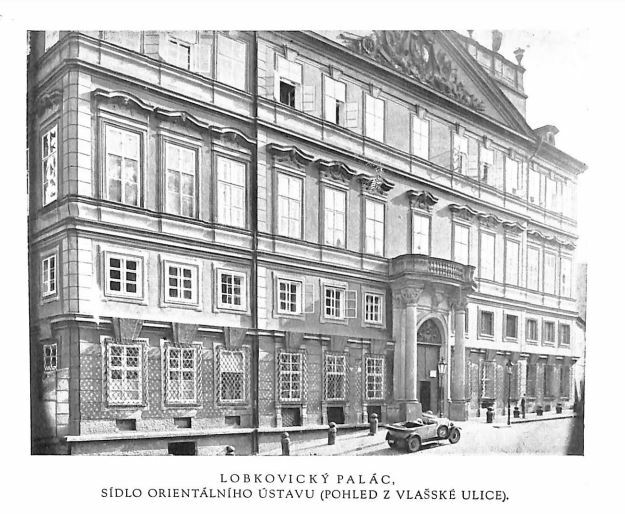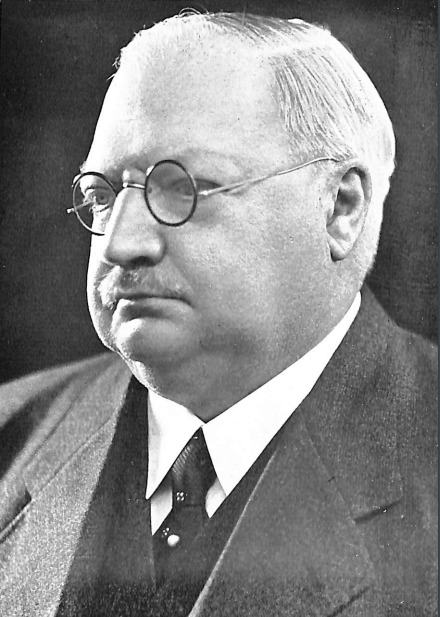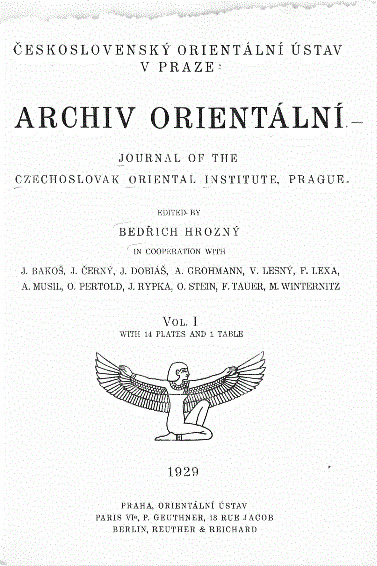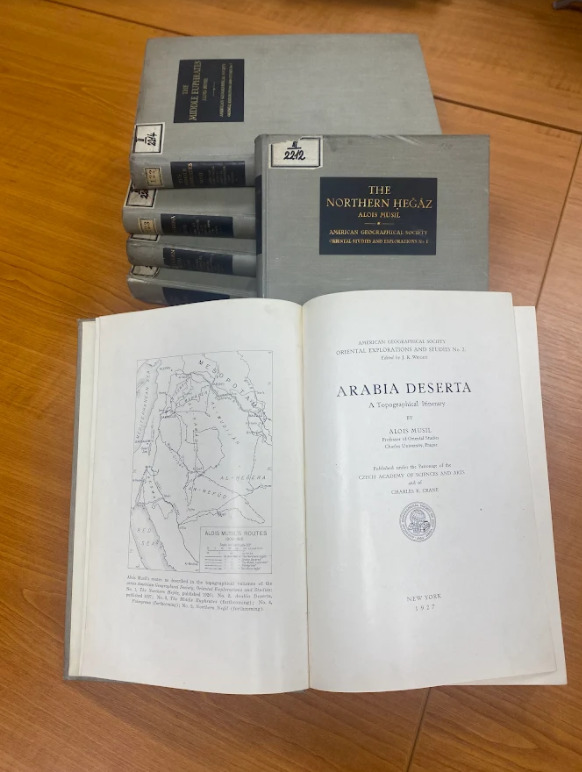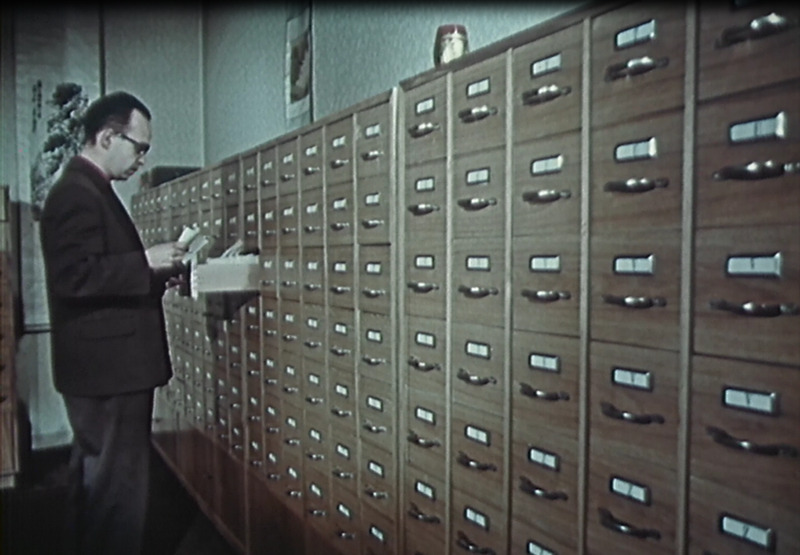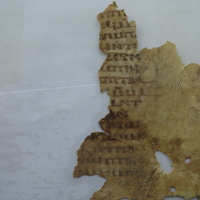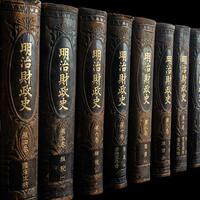The Firsts
In the newly established state, Orientalists expressed the urgent need to establish a body that would have a coordinating function, one which would simultaneously represent Czechoslovak Oriental research while providing the necessary professional and financial background for future research activities. The same motivation for founding such an institution was also expressed in business circles within the new state. Consequently, the proposals set forth and elaborated by Czech Orientalists were favorably accepted by the representatives of cultural and business circles in Czechoslovakia. Although the Oriental Institute was established in 1922, it was only around 1926-1927 that members were designated, a building was secured, and major activities began.
The first headquarters of the Oriental Institute was in the Lobkowicz (Lobkovický) Palace at Malá Strana. This baroque palace was built on the site of the former brewery of the Strahov monastery. In 1927, the Lobkovics sold the property to the Czechoslovak state, which subsequently became the home of Oriental scholars until 1945. The building was shared with the Monuments Office, the Slavic Institute, the Archaeological Institute, the Masaryk Labor Academy, and other institutions.
The first appointed president of the Oriental Institute was not an academic, but a government official with a background in trade and economics. Rudolf Hotowetz, who served from 1928-38, played an important role in Czechoslovak government as former secretary of the Prague Chamber of Commerce and Trade, a member of the executive committee of the Chamber of Commerce, a prominent national economist and later minister of the Czechoslovak government, and government commissioner of the General Pension Institute. It is safe to conclude that he was chosen to lead the Oriental Institute during its early stages to promote the Institute’s economic aspects.
The aim of the Czechoslovak Oriental Institute in Prague, founded through the munificent endowment of the President of the Czechoslovak Republic T. G. Masaryk on the occasion of his seventieth birthday anniversary, was to begin and maintain scientific and economic relations with the Orient. Thus, two departments of the Oriental Institute were inaugurated: 1) the Research department and 2) the Economic department. In the first meetings of the Research department, during which the principles and programme of the Institute were discussed and established, it was decided that a periodical on Oriental research would greatly enhance the scholarly activities of the Institute. Thus, Archiv Orientální- a journal covering African, Asian, and Near Eastern Studies- was established in 1929 with Bedřich Hrozný as its first editor.
One significant publication by an Oriental Institute scholar was Alois Musil’s six-volume Oriental Exploration and Studies published between 1926 and 1928 by the American Geographical Society.
The Oriental Institute library, officially inaugurated in May 1931, has always been a very significant component of the Oriental Institute. On June 30, 1931, the Research Section of the Library contained only 289 catalogued works, consisting of 459 volumes. At present, it houses about 280,000 collections including books, manuscripts, maps, and audio-visual materials.
References
Vincenc Lesny and Zdenko Fafl, (1938). Věstník Orientálního ústavu v Praze: Za desítiletí 1928-1938 (Praha: Orientální ústav)

